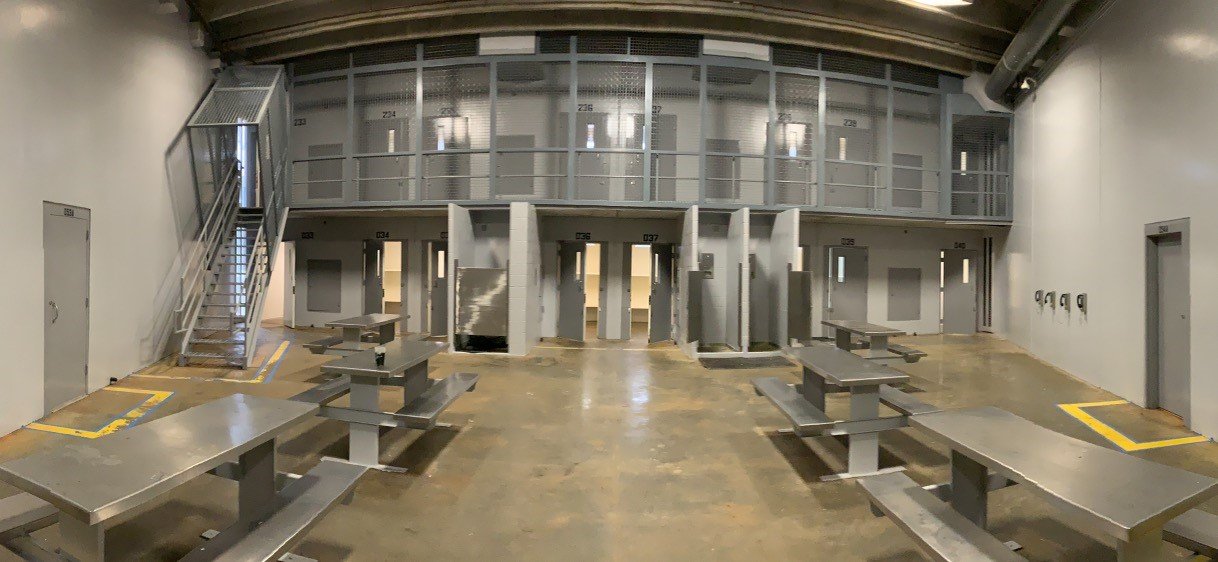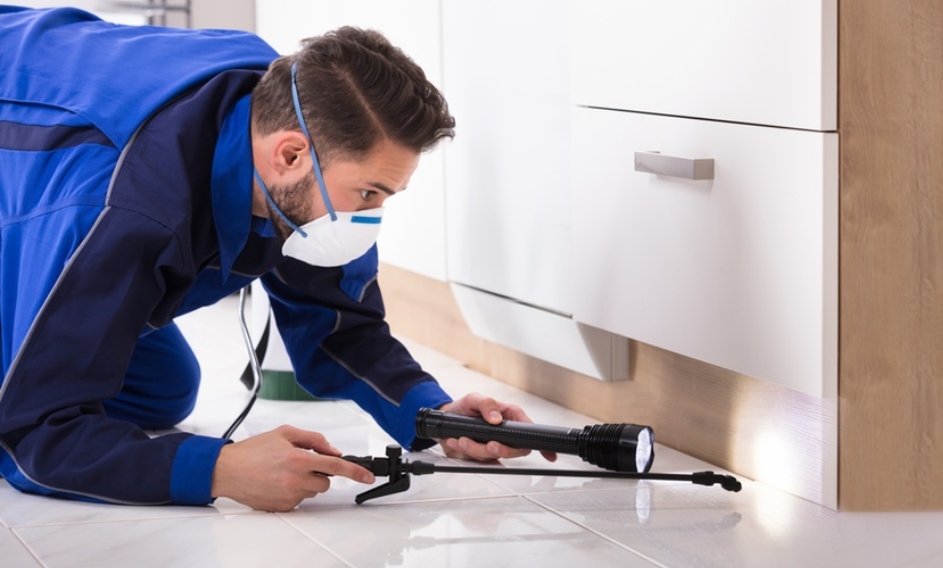No two detention centers are alike, and a one-size-fits-all approach to security doesn’t work in these high-risk environments. Every facility has unique challenges, from its layout and location to the type of inmates housed inside. Detention equipment contractors emphasize the need for custom security solutions designed to meet the specific needs of each facility while ensuring safety, compliance, and long-term durability.
Facility Layout Challenges That Demand Tailored Security Solutions
Detention centers come in different shapes and sizes, and the layout of a facility plays a major role in how security systems are designed. Some centers are built with multiple housing units, while others have open dormitory-style layouts. Each configuration presents unique security concerns, requiring detention equipment contractors to take a customized approach when designing containment systems, surveillance placement, and access control points.
Poorly planned security features can lead to blind spots, weak access points, and inefficient response times during emergencies. A custom security strategy accounts for corridors, door placements, holding cells, and the movement of staff and inmates. Security detention equipment contractors work closely with facility designers to install reinforced barriers, electronic monitoring systems, and secure entry points in areas prone to security breaches. Customization ensures that every aspect of the facility operates as a cohesive, well-secured environment.
Varying Inmate Populations and the Need for Adaptive Containment
Not all detention centers house the same types of inmates. Facilities designed for low-risk offenders require different security measures compared to maximum-security prisons that hold violent criminals. A well-planned containment strategy adapts to the population it serves, ensuring that security measures are appropriate for the risks involved.
Security detention equipment contractors assess the needs of a facility based on factors such as inmate classification, behavior patterns, and the likelihood of escape attempts. High-risk areas require reinforced steel doors, tamper-resistant locks, and enhanced surveillance, while lower-security areas may focus more on controlled movement and monitoring. By tailoring security solutions to inmate populations, facilities reduce the risk of disturbances and maintain better overall control.
Regional Climate Factors That Impact Material Selection and Durability
Weather conditions play a significant role in the durability of detention equipment. Facilities located in humid regions face challenges with rust and corrosion, while those in colder climates must ensure materials can withstand extreme temperatures without weakening. A security detention equipment contractor considers these environmental factors when selecting materials for fencing, locks, doors, and structural reinforcements.
For outdoor security barriers, materials must resist wear from rain, snow, and heat exposure. Stainless steel and specially coated metals help prevent deterioration, reducing maintenance costs over time. Interior materials must also account for climate control, ensuring that security components do not expand, contract, or degrade due to environmental conditions. Investing in climate-adapted materials enhances the longevity of detention security systems and minimizes the need for frequent replacements.
Integration of Surveillance, Access Control, and Physical Barriers
A secure detention center relies on a combination of electronic surveillance, controlled access, and physical barriers to prevent security breaches. A well-designed system ensures that cameras, door controls, and perimeter fencing work together to create a seamless security infrastructure. Detention equipment contractors focus on integrating these components in a way that eliminates weak points and enhances overall efficiency.
Modern detention facilities use smart technology to monitor movement and detect potential threats in real time. Surveillance cameras equipped with motion detection and facial recognition improve response times and allow for proactive security measures. Additionally, electronic access control systems help manage entry points, preventing unauthorized movement within the facility. When combined with reinforced doors, impact-resistant barriers, and secure fencing, these measures create a fully integrated security network.
Compliance with Local, State, and Federal Detention Regulations
Security in detention facilities is not just about strength and durability—it must also meet strict regulatory standards. Every detention center must comply with local, state, and federal guidelines to ensure safety, human rights protection, and proper operational procedures. A security detention equipment contractor plays a key role in making sure that all security systems align with these regulations.
Failure to meet compliance standards can lead to legal issues, safety risks, and potential facility shutdowns. Contractors stay up to date with evolving regulations, ensuring that equipment, containment strategies, and surveillance systems meet industry standards. From fire-rated doors to ADA-compliant access points, every detail is carefully planned to maintain full compliance while enhancing security.
Reinforcement Strategies for High-Risk Areas Within the Facility
Certain areas within a detention center require additional reinforcement due to higher security risks. These include intake processing areas, solitary confinement units, and transport entry points. These locations experience increased inmate movement and require stronger barriers to prevent escapes, altercations, and unauthorized access.
Security detention equipment contractors design reinforced solutions such as impact-resistant windows, tamper-proof locks, and double-door sally ports to control movement in high-risk zones. Additional layers of security, including reinforced ceilings and break-resistant materials, help prevent escape attempts and limit inmate access to unauthorized areas. Custom reinforcement strategies ensure that vulnerable parts of the facility remain fully secure under all conditions.






Leave a Reply